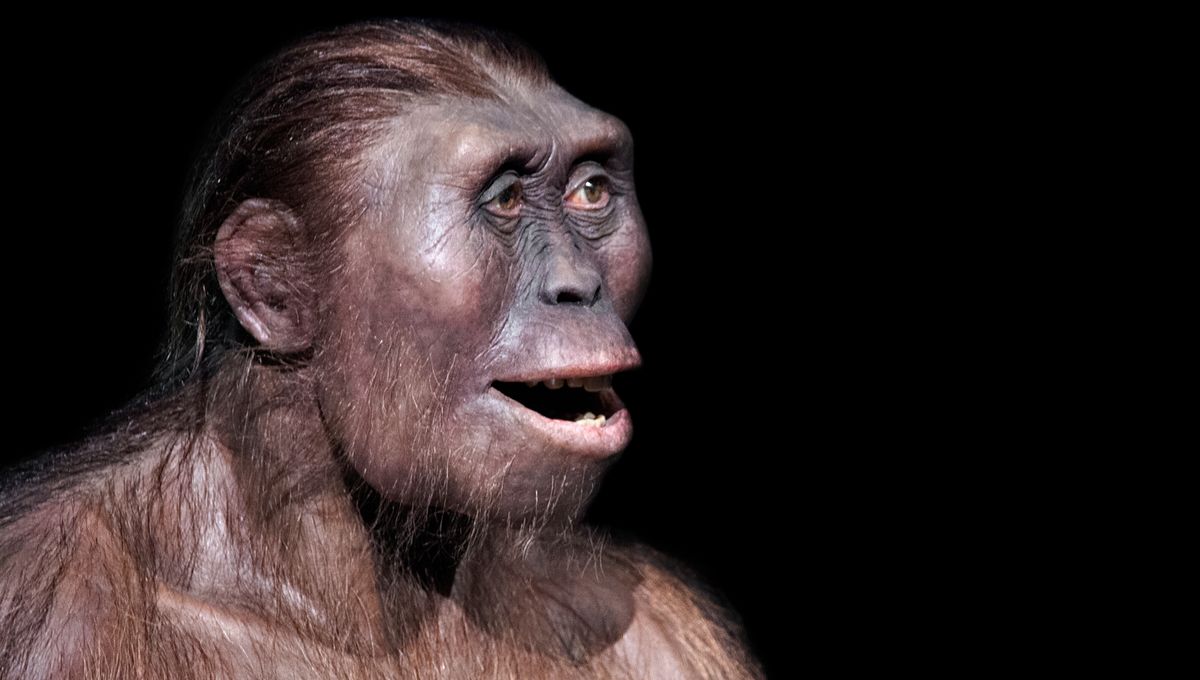
When the Paleolithic Period dawned, at least one group from which humanity may have descended had a diet that would infuriate most people who think they’re “eating Paleo”. In fact, a group of australopithecines had an overwhelmingly vegetarian diet.
ADVERTISEMENT GO AD FREE
Members of the genus Australopithecus, made famous by the individual known as Lucy, are thought to be the immediate ancestors of our own genus Homo – although with several co-existing species, which one led to us is uncertain. The Australopithecus diet is much-debated, but has had to be guessed from the shape of fossilized teeth and the tools they used. That might distinguish carnivores from pure herbivores, but isn’t such a great way to reveal the mix within a generalist diet.
Now a study of enamel from some of those teeth has revealed the ratio of nitrogen and carbon isotopes in one group of Australopithecus is consistent with mainly eating plants and insects.
Most of the nitrogen in our food and environment is nitrogen-14, but a small number of nitrogen-15 atoms are also present. Animals, particularly mammals, process these isotopes differently, excreting an even lower proportion of nitrogen-15 and storing more of it in our bodies. Consequently, a plant-eating animal has relatively more nitrogen-15 in its body than in the food it eats. A carnivore gets a higher nitrogen-15 diet than a herbivore, and stores even more nitrogen-15 in its body.
Measuring nitrogen-15 ratios from collagen has provided insight into our ancestors’ diets, but only back around 300,000 years ago at best, because collagen decays, particularly in hot climates. Tooth enamel, however, lasts much longer, and can protect small amounts of organic material trapped within. Higher sensitivity isotope readers have recently given palaeontologists the capacity to identify the nitrogen ratios in these tiny organic fragments.
A team led by Dr Tina Lüdecke of the Max Planck Institute for Chemistry applied this to the contents of seven Australopithecus teeth in the M4 deposit in South Africa’s Sterkfontein Cave. The timing, and even the specific species of Australopithecus these individuals came from is uncertain, but they’re thought to date either from the start of the Pleistocene 3.3 million years ago, or up to 400,000 years earlier.
The researchers compared their results with similarly preserved matter from five other mammalian families, including some whose diet is well known.
ADVERTISEMENT GO AD FREE
On average, the M4 australopithecines had similar nitrogen-15 ratios to relatives of cows from their time, and had notably less of the isotope than known carnivores. In fact, the nitrogen-15 levels were so low they suggest some of these hominins may have been eating plants with particularly low levels of the isotope, such as legumes. On the other hand, invertebrates such as termites often, although not always, are low in nitrogen-14 on the African savanna.
There is a lot of variation among the australopithecines, however. The range between individuals is higher than within any other animal family, so their diet may have varied greatly with the seasons. The authors also note the possibility the sample represents different species of Australopithecus, which would also explain the wide variation.
The teeth also revealed carbon isotope ratios, which suggest the M4 australopithecines had a diet of largely C3 plants dominant in temperate conditions with plenty of water, sometimes supplemented with C4 plants, which do better in hot or dry conditions.
Our distant ancestors’ diet has attracted so much interest because it’s commonly asserted that meat becoming a major constituent drove factors such as the increase in brain size and walking upright. This view has been so widely popularized it even made it into commercials for chops featuring Sam Neill. However, without knowing when our line started eating lots of meat, the claims are just guesswork.
ADVERTISEMENT GO AD FREE
The study is published in Science.
Source Link: We’ve Caught A Glimpse Into What Early Human Relatives Ate 3 Million Years Ago